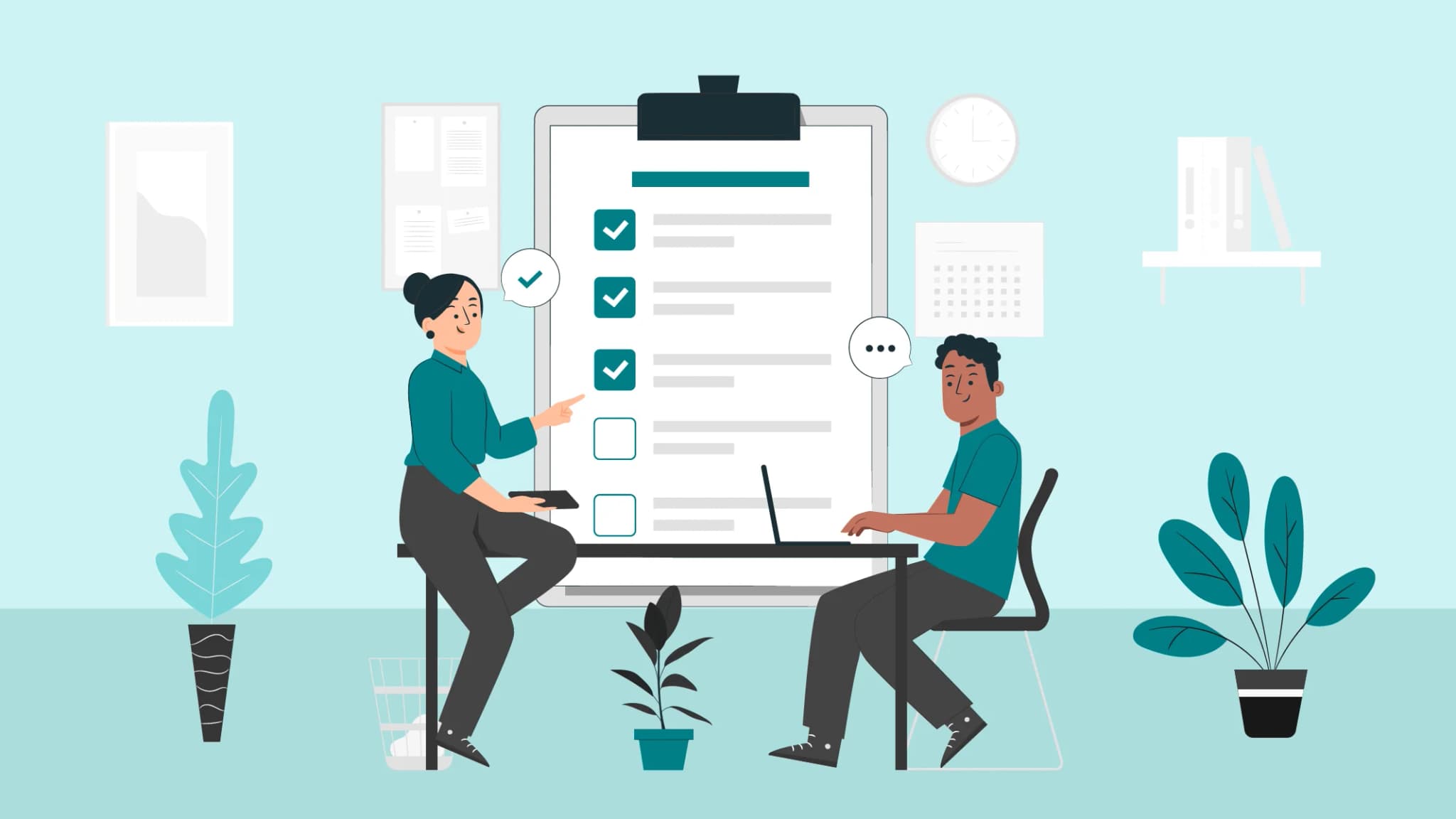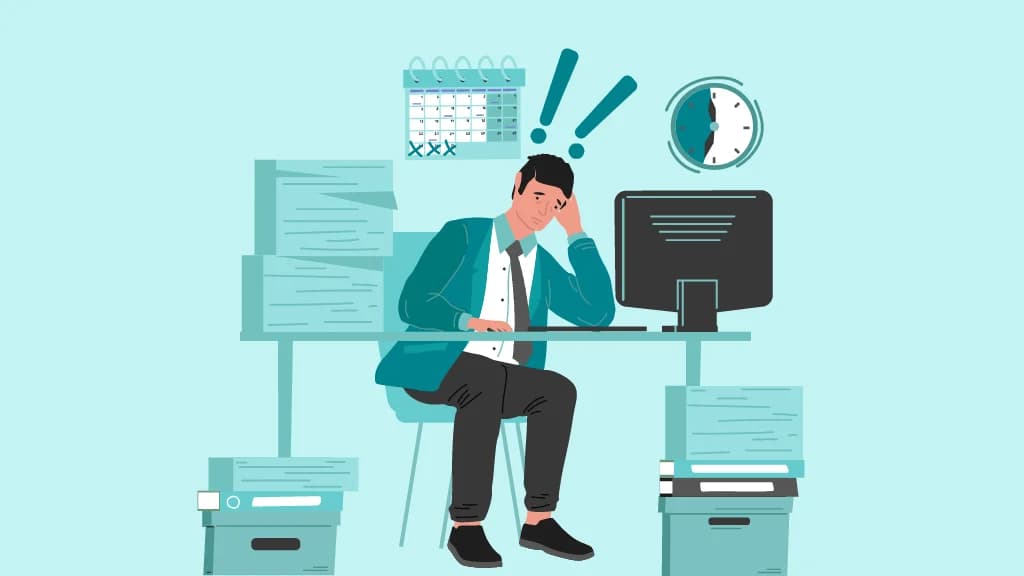
Team AdvantageClub.ai
August 11, 2025

The efficiency and performance of employees are positively correlated with their possession of the necessary skills and knowledge to perform their respective roles. Evidence suggests that employees who benefit from appropriate staff training and development opportunities exhibit higher levels of loyalty to their employers. In fact, organizations that prioritize employee development enjoy comparatively higher retention rates than those that do not. The implementation of employee development programs has shown augmented productivity levels within organizations.
However, a substantial proportion of employers harbor concerns regarding the skills gap among their workforce. A significant number of companies report difficulties in sourcing candidates with the requisite skills to fill specific roles. The recognition that the future of work necessitates a new set of skills, many of which current employees lack, is widely acknowledged. Thus, investing in employee training and development is vital to address this gap and ensure that employees are equipped with the necessary competencies.
But how do you ensure your employees have the resources and opportunities they need to thrive? Enter the digital employee engagement platform. This innovative solution acts as a central hub for everything related to employee engagement, offering a powerful suite of tools specifically designed to empower employee development. Wondering how it all works? Let’s dive in!
Employee Development for Workplace Growth
Enhancing an individual’s capability to perform optimally within their current or prospective role is central to employee development. The objective extends beyond mere competency improvement. The primary aim of staff training and development is twofold: It augments existing competencies across the workforce while cultivating new skills aligned with the organization’s objectives.
Employee development is a beneficial strategy for both the employees and the organizations they work for. Professionals across various industries must hone their abilities and knowledge to stay abreast of evolving trends and heightened expectations. To this end, they must regularly assess their skill sets and allocate time to develop them further. Moreover, they need to take the initiative to acquire new competencies that are indispensable for success in today’s dynamic workplace.
For organizations, an investment in staff training and development ensures a workforce that is both skilled and motivated. By prioritizing employee development, organizations build diverse capabilities and proficiencies across various levels of the workforce. The employees become well-equipped to overcome challenges and achieve success, every single day.
Employee development has proven to be a fundamental driver of employee engagement. A recent LinkedIn report revealed that a staggering 94% of employees would choose to remain with a company that invests in their professional development. AdvantageClub.ai, a global engagement and rewards platform, excels in this area with its all-encompassing solutions. Our employee engagement, rewards, and recognition as well as development programs allow organizations to promote ongoing learning, which in turn enhances employee satisfaction, retention, and productivity.
Employee Development Checklist
1. Identify Development Opportunities
The first step in staff training and development is identifying the right opportunities. These could be based on the employee’s current role, their career aspirations, or the organization’s future needs. Regular one-on-one meetings and performance reviews can provide valuable insights into these opportunities.
2. Provide Training and Development Programs
The next step is to provide the necessary staff training and development programs. These could be in the form of workshops, seminars, online courses, or on-the-job training. There is no better way to improve an employee’s job performance than through hands-on experience. Simulations, games, and role play are effective ways to gain hands-on experience without actually having to perform the job in a live environment.
3. Promote Continuous Learning
Employee development requires continual attention and investment; it is not a one-time event. By creating a workplace that values learning, employees are more motivated to strive for excellence. They take on new challenges and develop the skills needed to succeed. The culture of continuous learning can be achieved through the provision of resources. Organizations can ensure they allocate time for learning and recognize and reward learning achievements.
4. Set Clear Goals and Expectations
Establishing clear, attainable, and relevant goals is crucial for successful employee development. These goals must align with the employee’s job responsibilities, career aspirations, and organizational objectives. It is important to regularly monitor progress as it is an essential component of any process. By providing constructive feedback, employees can be supported in achieving their objectives.
5. Regularly Review and Adjust
Employee development is a dynamic and ongoing process in an organization. The periodic review and adjustment of the development plan are fundamental to meeting the changing needs. It is recommended to take a systematic approach to analyzing and evaluating employee progress. This will help make informed decisions about necessary adjustments to the development plan.
Employee Development Process
- Knowledge Sharing Forums: Create a space for employees to share knowledge and learn from each other. This collaborative environment accelerates learning and fosters innovation. When colleagues and superiors interact, a bond of mutual professionalism and respect is formed. This bond, in turn, facilitates the transfer of skills and knowledge among individuals.
- Seamless Collaboration Tools: Break down silos and empower teamwork with integrated collaboration tools. Real-time communication and project management features streamline workflows and encourage knowledge exchange.
- Recognition & Rewards Programs: Celebrate achievements and reinforce desired behaviors with a robust recognition and rewards program. Public recognition on the platform boosts morale and incentivizes others to pursue continuous learning.
Role of Rewards and Recognition in Employee Development
Rewards and recognition are crucial for employee growth and development. They inspire employees to pursue opportunities for advancement and align with the organization’s learning objectives. Employee development is a powerful tool that can bring significant advantages to the organization, including a more skilled and productive workforce.
AdvantageClub.ai’s rewards and recognition platform provides an extensive range of reward options to enhance employee satisfaction and engagement. These include digital rewards, peer-to-peer recognition, milestone awards, and global rewards. The aim is to establish a favorable environment that instills a sense of value and motivation among the employees.
Building a Development-Centric Digital Platform: Getting Started
1. Identifying the Right Features:
Not all organizations have the same employee development needs. AdvantageClub.ai offers a flexible platform that customizes features per your unique needs. Here are some questions to consider:
- What are the core skills your team needs to develop?
- Does your organization lack a formal mentorship program?
- How can the platform enhance your existing performance management practices?
- Are there specific areas where collaboration needs strengthening?
By identifying your team’s unique needs, you can leverage the platform to create a targeted employee development plan.
2. Developing an Implementation Plan:
Successful platform implementation requires a well-defined plan. AdvantageClub.ai provides comprehensive onboarding and training resources. This includes training for administrators, managers, and employees alike.
The platform offers a phased rollout capability to introduce features gradually. The approach ensures a smooth transition and minimizes the risk of user experience disruptions. Organizations can enhance user satisfaction and reduce the likelihood of negative consequences associated with abrupt changes.
3. Measuring Success: Tracking Your Development Journey
Employee development is an ongoing process, and measuring its impact is crucial. AdvantageClub’s digital platform provides valuable insights through:
- Engagement Metrics: Track how frequently employees utilize the platform's features for learning and development activities. This data helps gauge overall platform engagement and identify areas for improvement.
- Performance Tracking: Monitor progress towards individual and company goals set within the platform. This allows you to measure the effectiveness of development initiatives and identify skills gaps.
- Feedback Surveys: Regularly solicit feedback from employees. It will apprise you of their experience with the platform and its contribution to their employee development. This open communication fosters continuous improvement.
What’s Next?
Personalized Learning Paths
Imagine a platform that curates learning materials based on individual skills gaps and career aspirations. This level of personalization will further accelerate employee development and unlock employee potential.
Immersive Learning Experiences
Virtual reality (VR) and augmented reality (AR) will revolutionize corporate learning. Imagine practicing presentations in a VR environment or receiving real-time feedback on simulated tasks through AR. These immersive learning experiences will make staff training and development more engaging and effective than ever before.
Digital employee engagement platforms like AdvantageClub.ai create an environment of continuous learning and growth.





